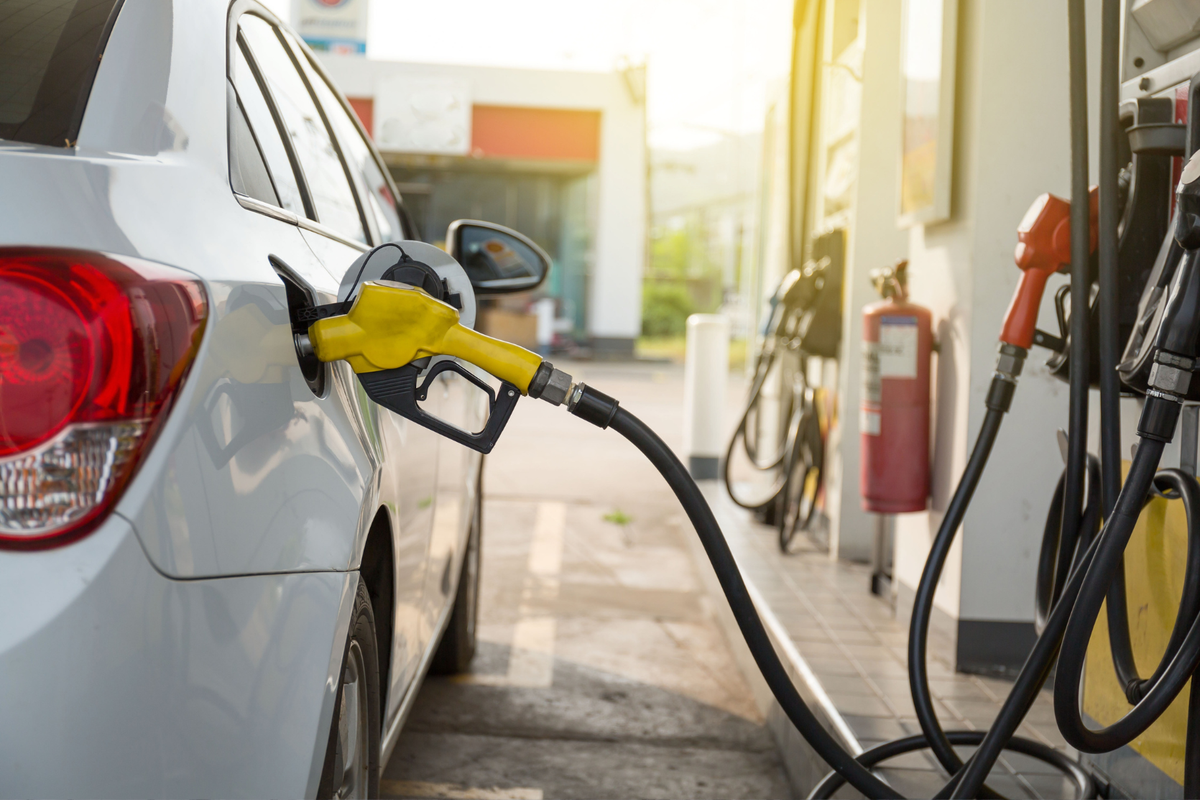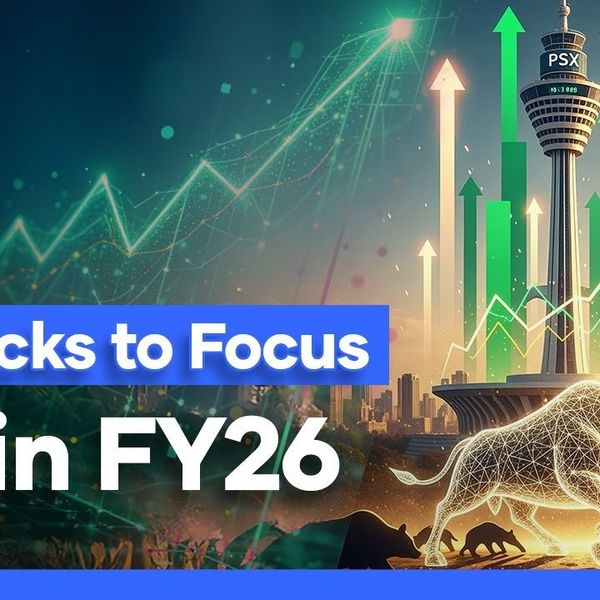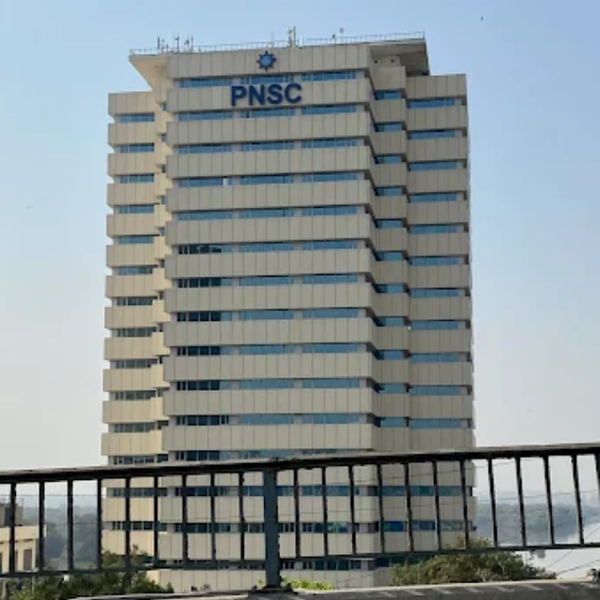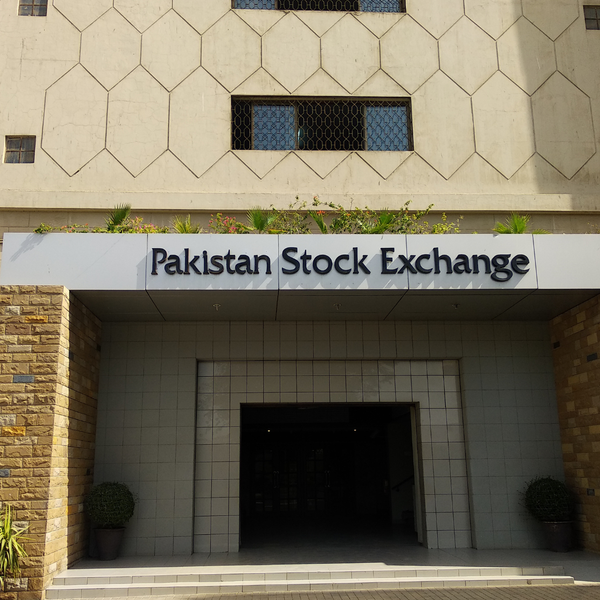Deregulating Pakistan’s fuel prices — what does it mean?
Nukta explains the current pricing mechanism and the implications of deregulated prices.
Business Desk
The Business Desk tracks economic trends, market movements, and business developments, offering analysis of both local and global financial news.

An image of a car being refueled at a station
Shutterstock
Pakistan has again floated the idea of deregulating fuel prices.
On July 24, the Ministry of Energy asked the Oil and Gas Regulatory Authority (OGRA) to conduct an analysis and finalize a framework.
This is not the first time a government has proposed deregulation of petroleum prices. The idea was floated in 2016 and again in 2020 amid fuel shortages and then again earlier this year.
But what does deregulation mean and how would it impact the market and the common man?
Regulation and deregulation
A market over which the government exerts a level of control or oversight is a regulated market. This includes deciding who can enter the market, what prices they can charge, how the products can be marketed, which safety standards need to be followed, etc.
On the other hand, in a deregulated market, the government has limited or no control or oversight. Companies are free to decide their own prices and new players can enter the market without navigating additional red tape.
Of the eight petroleum products consumed in Pakistan, jet fuels (for air force and airliners), hi-octane, and furnace oil are deregulated, while high-speed diesel, petrol, light diesel oil, and kerosene are regulated.
Pakistan’s regulated market
Under the current system, OGRA uses the average price given by Platts — a global provider of energy and commodity benchmark prices — and the import premium to determine fuel prices for Pakistanis. This determination is made every two weeks.
The final cost per litre includes the OMCs and dealers’ profit margins, In-land Freight Equalization Margin (IFEM), and the petroleum development levy (PDL).
The IFEM is a pooling mechanism used by the government to ensure uniform prices across the country.
For instance, since a major chunk of Pakistan’s refineries are located in Sindh, the cost of transporting fuel from the source to the refinery and then to consumers in Karachi would be less than transporting fuel to consumers in Gilgit. But because of the IFEM, consumers in any city across the country pay the same price for fuel — the difference in cost is ‘subsidized’.
What would deregulation look like?
OMCs have long argued that the Ogra’s average prices from Platts do not accurately reflect their procurement costs.
If petroleum prices are deregulated, OMCs would be able to set prices according to their costs and decide their own margins. This may lead to an immediate change in fuel rates across the board.
On the other hand, it would also lead to competition among the OMCs since consumers would prefer companies that offer lower prices. Consequently, companies might decrease their profit margins to bring their prices closer to competitors with a cost advantage, which might eventually benefit the consumers.
Deregulation might also lead to OMCs investing in their infrastructure to improve product quality and attract more customers and foreign investors entering the market.
Meanwhile, dealers oppose deregulation because their profit margins would then be decided by the OMCs instead of the government.
Another implication — an advantage for some and disadvantage for others — would be the IFEM’s elimination.
Transport costs for OMCs that are dominant in Pakistan’s southern region would be reduced.
Similarly, OMCs that are backed by refineries would have an advantage since they would rely on local procurement of oil and would not have to pay for their entire fuel stock in dollars.
How would this potentially be an advantage or disadvantage for consumers? Going back to the Karachi and Gilgit example, since the distance from a refinery in interior Sindh to a fuel station in Karachi is less, fuel would be cheaper for them.
On the contrary, since the distance from a refinery in interior Sindh to a fuel station in Gilgit would be far more, fuel would be several rupees more expensive per litre.
A major chunk of the country’s population would be affected by the IFEM’s elimination.
There is a possibility, however, that the government decides on phase-wise deregulation and initially keeps the IFEM intact. If this happens, OMCs and refineries’ geographical locations would not translate into a transport cost advantage.
However, for now, deregulation remains a distant idea since the government is yet to make a public announcement. The analysis and framework finalization will take at least a few weeks, and deregulation, if finally done, will likely be in a phased manner.







Comments
See what people are discussing